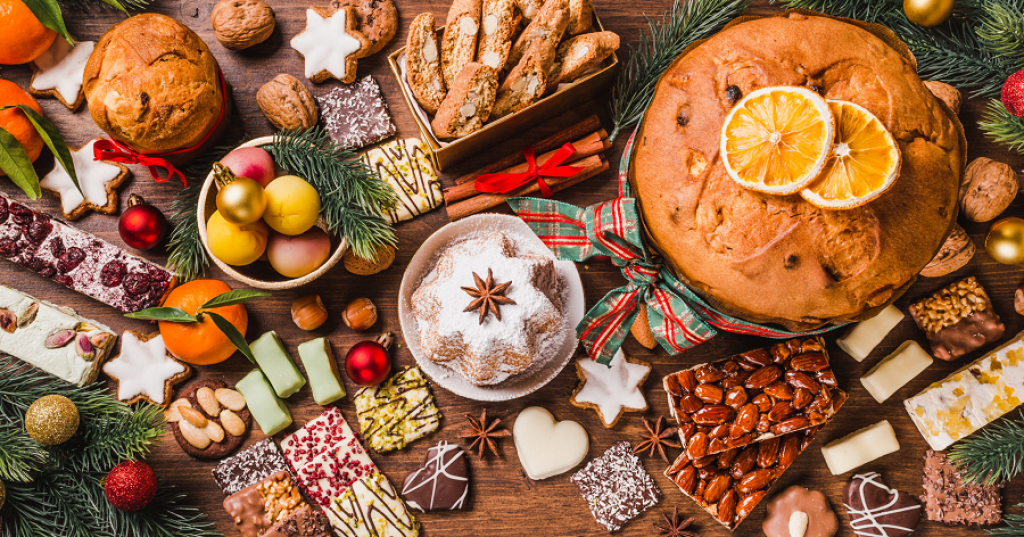Discover the different local traditions in Provence. Find out more about the age-old traditions of our beautiful region. First of all, here are some complete articles on the main Provencal traditions:

Ancestral traditions of Provence: a living cultural heritage
Provence passionately cultivates age-old traditions that give rhythm to the lives of its inhabitants. From lavender fields to village lanes, Provence's cultural heritage is expressed through its religious festivals, folk dances and unique gastronomy. From the santons that populate the cribs to the thirteen Christmas desserts and the wheat of Sainte-Barbe, these authentic customs bring the soul of Provence to life, attracting visitors from all over the world every year.
Saint Barbara's wheat: the 3-cup ritual
The Wheat of Hope ritual marks the start of calendar festivities on December 4. In every Provençal home, three small bowls lined with damp absorbent cotton hold the golden grains, symbols of the Holy Trinity.
Germination of the seeds follows a precise protocol: the cotton must remain moist without drowning the seeds. An ancestral practice has it that the youngest members of the family take part in the planting, perpetuating this know-how through the generations.
On December 25th, the green shoots, adorned with red and yellow ribbons, make their way to the Christmas table. According to popular belief, the height and vigor of the stems heralds future prosperity for the household.
The 13 desserts and the big Christmas dinner
On the evening of December 24, the Provencal table is dressed in three immaculate white tablecloths to welcome the big supper. This lean meal of seven meatless dishes precedes midnight mass.
The four mendiants - almonds for the Dominicans, raisins for the Augustinians, figs for the Franciscans and hazelnuts for the Carmelites - open the ball of thirteen desserts. These are followed by orange blossom-scented pompe à l'huile, white and black nougats, and fresh seasonal fruit.
These delicacies remain on display for three days, inviting every guest to savor them accompanied by cooked wine. A tasting experience that unites families around the authentic flavors of Provence.
Santons and nativity scenes, symbols of Aix in Avignon
Santon makers from Aix-en-Provence to Avignon perpetuate a meticulous art handed down from generation to generation. Their small clay figurines, modeled and painted by hand, tell the story of daily life in 19th-century Provencal villages.
In the churches of Avignon's historic center, visitors can marvel at the monumental nativity scenes. The Célestins chapel is home to an exceptional creation in which more than 600 santons converge on the Nativity stable, in the heart of a recreated Provencal landscape of lavender fields and hilltop villages.
From mid-December onwards, santon fairs enliven town squares. In Aix-en-Provence, on Place de la Rotonde, artisans and collectors share their passion for these witnesses to Provençal folk art.
Provencal birth traditions
The arrival of a newborn in Provence is accompanied by ancestral rituals full of symbolism. The traditional birth basket remains one of the most emblematic customs. Relatives bring five gifts bearing their good wishes: an egg for abundance, salt for good health, a match for uprightness, bread for goodness and honey for sweetness.
In families attached to the customs of yesteryear, the midwife plays an essential role. She pronounces protective formulas in Provençal and guides the baby's first steps in life. This age-old practice testifies to the wealth of popular beliefs that still surround births in the region today.
Festivals and dances to the rhythm of the seasons
The farandole, an emblematic Provencal dance, brings villagers together for summer votes. Hand in hand, the dancers meander to the rhythm of the galoubet-tambourin in a uniquely festive atmosphere.
Celebrations follow the natural cycle of the seasons. In spring, the transhumance festivities bring the villages to life with their sheep parades. In summer, votive festivals feature waltzes, paso-dobles and mazurkas.
Autumn ferias feature local produce and traditional music. Folk groups, dressed in period costumes, revive ancestral dance steps to the sound of fifes and tambourines.

